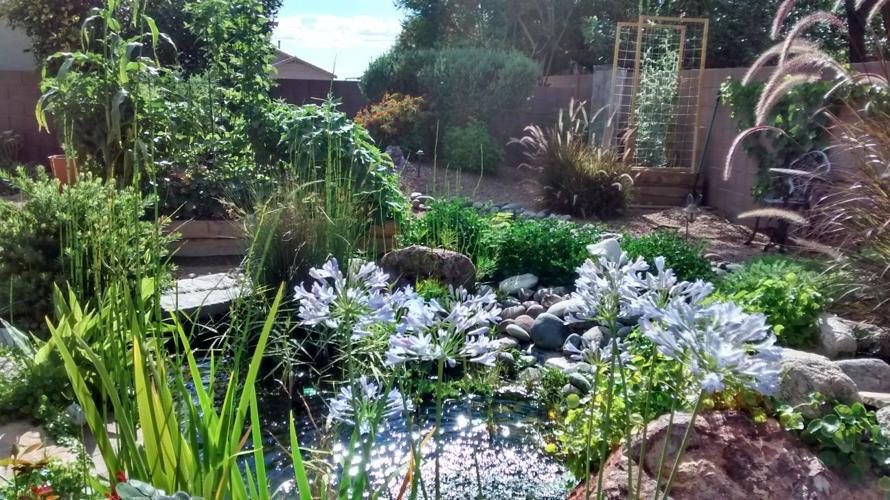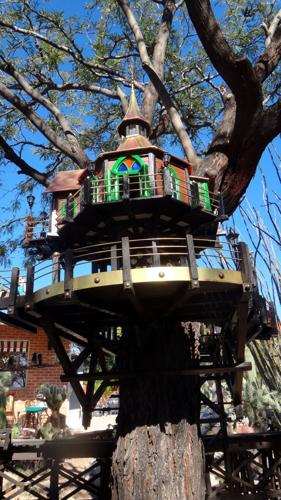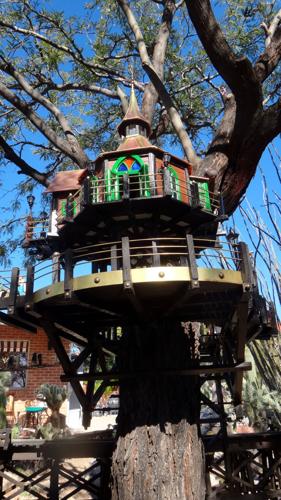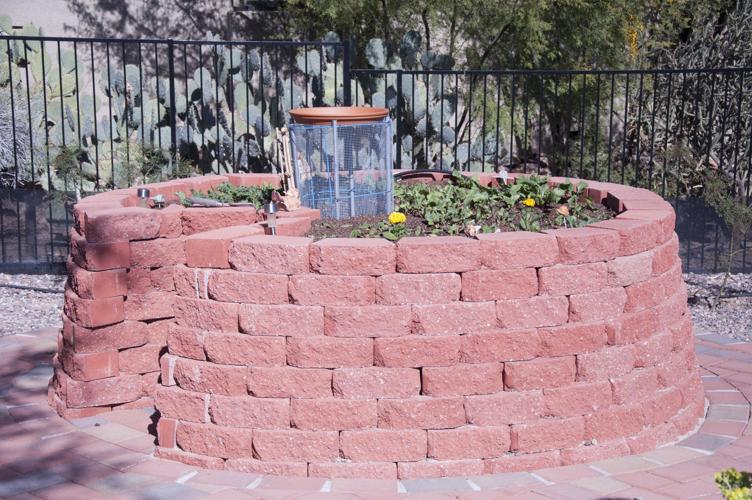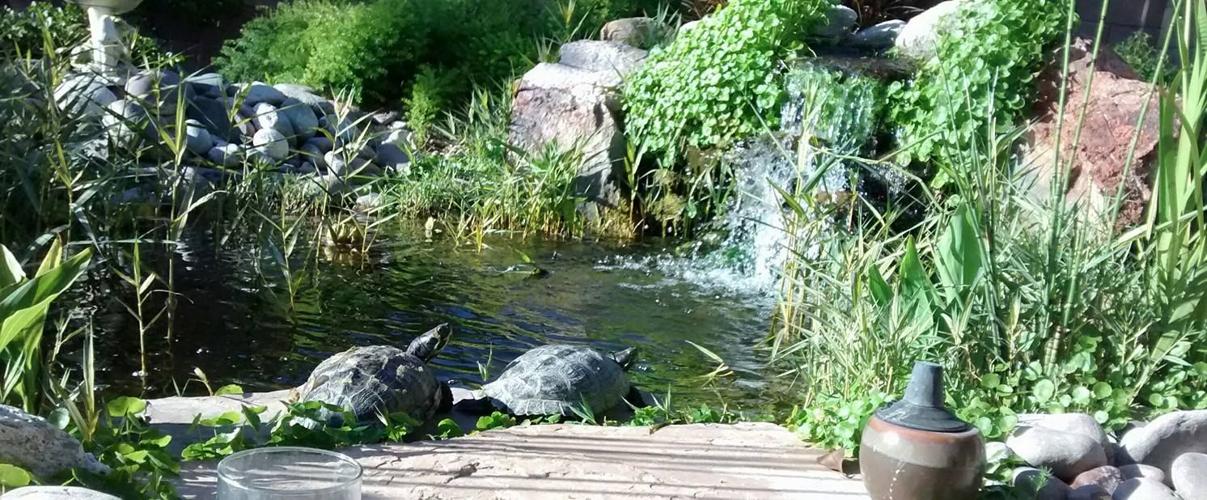Springtime means garden tour time. Here are sneak peeks from five upcoming events.
CHOLLA PATCH RAILROAD
John Carmichael tries to keep a balance between his 100-yard-long rail line and the cholla, prickly pear and ocotillo that were in his Foothills yard before he laid track.
“I figured it’s a garden railway,” says Carmichael, whose home is one of the stops in the 2016 Rails in the Garden Tour. “Everyone gets rid of the garden part.”
The former horticulturist wrapped his layout around the desert plants, allowing them to serve as giant trees in an 1890s setting. A train station sits halfway up a mesquite.
Carmichael built all of the elements, including 200 feet of redwood trestles that elevate the line into three levels.
“I’ve always loved old-fashioned roller coasters,” he says. “And that’s what my train looks like.”
CERTIFIED WILDLIFE HABITAT
After the historic freeze of 2011, David Hosea decided to replace the dead plants at his Green Valley home with more native species.
His sole mission was to attract wildlife. “My concept was something that looks natural,” says Hosea, who visited Madera Canyon for inspiration.
His landscape, a feature on the Green Valley Gardeners Spring Garden Tour, has become welcoming to birds, lizards and mammals. It’s received wildlife habitat certification from the National Wildlife Federation.
“The idea is that if you provide food, water and protection, then wildlife comes,” Hosea says. Those visitors include Cooper’s hawks, bobcats, hummingbirds, butterflies and finches.
One of his plant favorites is the blue-flowered wolfberry. His plant list also includes desert hackberry, Texas ranger, shrubby senna, Mexican sunflower and desert willow.
DESERT GARDENING
The backyard of Wendy Nelson’s 1930s Sam Hughes home is a concession to gardening in a place much drier and hotter than the New England area from which she relocated.
Her home is part of the Tucson Botanical Gardens’ Ultimate Home and Garden Tour, when she’ll show off antiques in her new landscape.
For the first two years in the home, Nelson planted colorful annuals and perennials in huge pots. She spent hours a week planting, watering and deadheading flowers.
“Then I realized how much I had to water it all,” she says.
Now she has plants that require less maintenance and water, including zinnia, yucca, bougainvillea, sago palm and a variety of cacti.
Interspersed are 18th-century chimney pots, lanterns and bronze fountain pieces, as well as 1940s French garden furniture.
EASY EDIBLE GARDENING
As part of the Home Garden Tour, master gardener Jane Perry will show how her keyhole and wick gardens work.
A well dug into a garden bed is used as a compost pile. As the materials break down into highly nutrient soil, they leech into the surrounding garden.
“It’s amazing,” says Perry. “The soil is so rich and so fluffy.”
The wick garden automatically irrigates plants by pulling water from a container by way of a cord (the wick) into potted plants.
Perry became a master gardener to learn how to change her gardening methods after moving with her husband to Tucson from Colorado.
“When we got here, we went through the foibles of learning how to garden in the desert,” she recalls.
“As I learned things (in the master gardener class), I’d bring them home and we would incorporate them.”
TURTLE HOME
Karen Davenport turned a backyard pond into an ecosystem after her mother died and she moved into her Rita Ranch home.
It’s one of the stops on the Rita Ranch Spring Garden Tour.
The pond originally was home to koi, says Davenport.
She taught herself about water quality through “a learning process over the last 10 years,” she says. She added plants — including water lettuce, lily, iris, bamboo and grasses — that help filter the water.
A couple of turtles that live in the pond eat the grasses.
Wildlife has taken notice. Davenport has seen hawks, cranes, horned owls, roadrunners and quail stop by to enjoy the water.
Her other gardens of flowering plants and edibles attract hummingbirds and bees.


